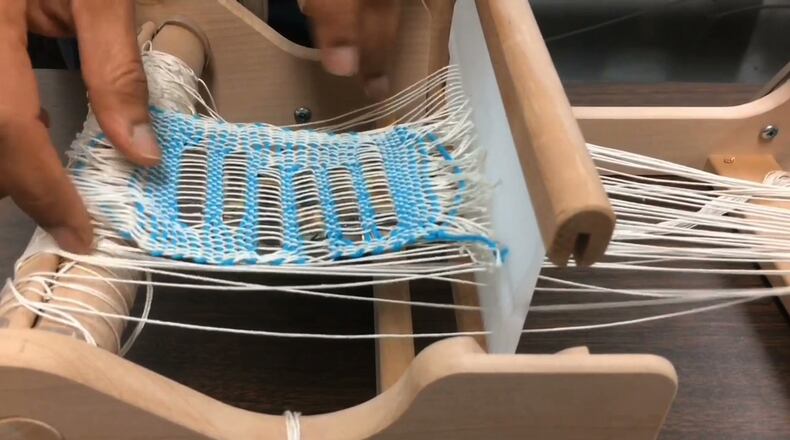A University of Central Florida professor says his research could lead to the day when you can charge your phone by slipping it into your shirt pocket.
Jayan Thomas, an associate professor in the school’s NanoScience Technology Center, has been developing small solar-energy-storage filaments flexible enough to weave through clothing.
The end result, he said, could help a soldier stay cool on the battlefield or a teenager keep a cellphone charged by putting it in a pocket.
“What wakes them up at night? What is their burning problem?” Thomas said. “That’s what we want to know. We want to hear whether this product is necessary.”
The research remains in its early stages. He says the technology can be commercialized but he needs to first develop it, estimating that any public debut could be two to three years off.
In the meantime, he will be taking it to various science groups to assess the viability of the technology.
So far, Thomas has created a way to interweave clothing with the filament.
On one side, a solar panel captures energy and moves it into a storage band laced on the other side of the panel.
The uses for this device, if fully developed, would span several industries, Thomas said.
Other entities in Central Florida with recent projects involving wearables include Advancing Technologies, which at a Starter Studio class worked on a wearable that collects real-time data related concussion detection; Orange County Public Schools, which has used lighted fashion from a Lockheed Martin systems engineer for a STEM-education project; and Lockheed’s Mission Systems and Training, which has employed head wearables to monitor the bodies of trainees in immersed exercises.
Ultimately, Thomas said, his technology could yield full jackets interwoven with the filaments, providing a personal battery charger for long days at the theme parks or shopping.
“Portability of energy storage is a very important factor,” said Thomas, who arrived at UCF in 2011 after working with University of Arizona’s optical-science center. “Things are moving quickly toward wearables. There should be a way to power them.”
About the Author
Keep Reading
The Latest
Featured



